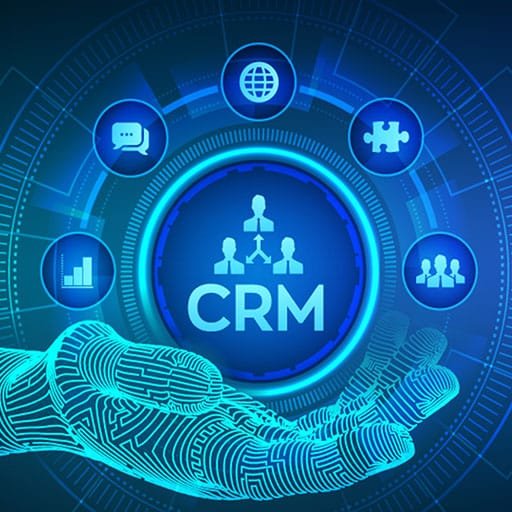Building a CRM system with Ruby on Rails involves several steps. Here is a high-level overview of the process:
1. Define the requirements: Start by understanding the specific needs of your CRM system. Identify the key features, such as contact management, lead tracking, sales pipeline management, and reporting.
2. Design the database schema: Create a database schema that represents the entities and relationships in your CRM system. This may include tables for contacts, leads, opportunities, and activities.
3. Generate Rails models: Use the Rails command-line tool to generate models for each table in your database schema. This will create the necessary files and boilerplate code for interacting with the database.
4. Implement CRUD functionality: Implement the basic CRUD (Create, Read, Update, Delete) operations for each model. This involves creating controllers and views to handle user interactions and updating the database accordingly.
5. Implement authentication and authorization: Add user authentication and authorization to your CRM system to ensure that only authorized users can access and modify data. You can use gems like Devise or Clearance for this purpose.
6. Implement business logic: Add the necessary business logic to your CRM system, such as lead qualification rules, sales stages, and activity tracking. This may involve writing custom methods in your models or creating additional controllers and views.
7. Implement reporting and analytics: Add reporting and analytics functionality to your CRM system to track key metrics and generate insights. You can use gems like Chartkick or Groupdate to visualize data.
8. Test and debug: Write tests to ensure that your CRM system functions as expected. Use tools like RSpec or MiniTest for unit testing and Capybara for integration testing. Debug any issues that arise during testing.
9. Deploy and monitor: Deploy your CRM system to a production environment, such as Heroku or AWS. Set up monitoring and error tracking tools to ensure that your system is running smoothly and to identify any issues.
10. Iterate and improve: Continuously gather feedback from users and stakeholders to identify areas for improvement. Use an agile development approach to iterate on your CRM system and add new features or enhancements.
Remember to follow best practices for security, performance, and scalability throughout the development process. Additionally, leverage the extensive Ruby on Rails ecosystem by using gems and libraries to speed up development and enhance functionality.
